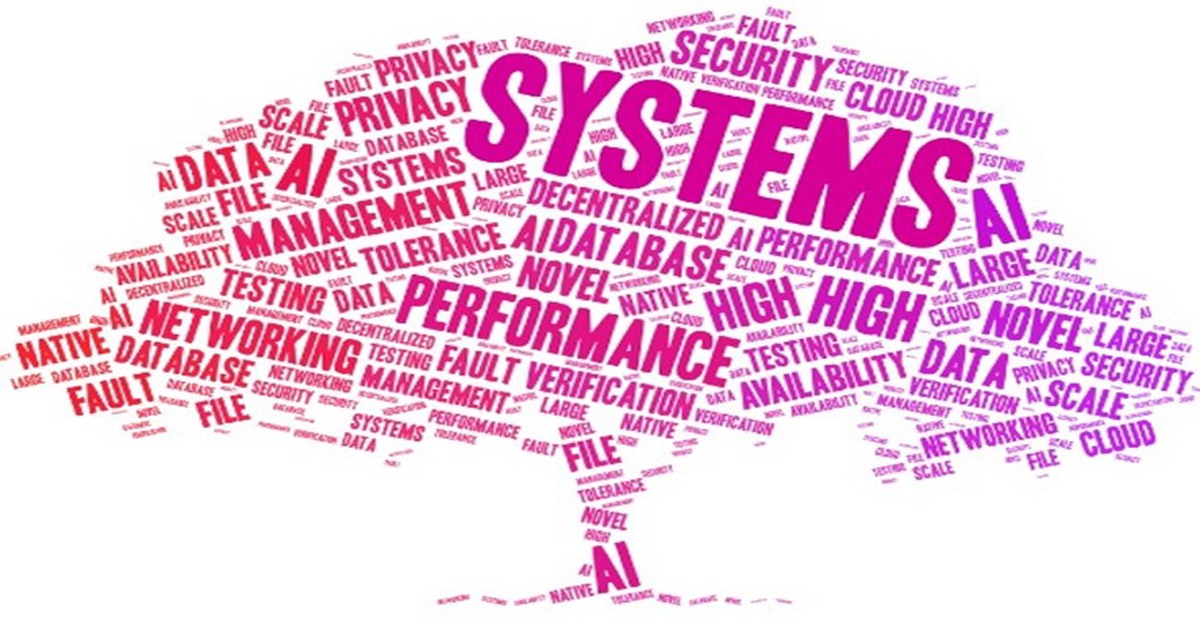High-Performance Software Systems
A special issue of Electronics (ISSN 2079-9292). This special issue belongs to the section "Computer Science & Engineering".
Deadline for manuscript submissions: closed (15 July 2025) | Viewed by 16594

Special Issue Editors
Interests: high-performance networking systems; fault-tolerant systems
Interests: parallel/high-performance computing; graph processing systems
Special Issue Information
Dear Colleagues,
The field of software engineering is rapidly evolving, with high-performance software systems at the forefront of this technological revolution. High-performance software systems are crucial in numerous fields where efficiency and speed are paramount. From scientific research requiring massive computational power to real-time applications in healthcare and finance, the demand for optimized software solutions is ever increasing. This Special Issue aims to gather pioneering research that addresses these needs, providing valuable insights and advancements to both academia and industry.
The Special Issue invites any innovative solution for a significant problem involving software systems design and implementation. We take a broad view of systems and solicit contributions from many fields of systems practice. We welcome results and discussion of ideas that further the knowledge and understanding of the systems community.
In this Special Issue, original research articles and reviews are welcome. Research areas may include (but not limited to) the following:
- High-performance networking systems;
- High-performance database systems;
- Novel data management systems;
- Security and privacy of systems;
- Availability and fault tolerance;
- AI systems and systems for AI;
- Testing and verification of large-scale systems;
- Decentralized systems;
- File systems;
- Cloud-native systems.
By bringing together leading researchers and practitioners in the field, this Special Issue on "High-Performance Software Systems" seeks to foster collaboration, share cutting-edge research, and drive the development of software systems that meet the growing performance demands of modern applications. We look forward to receiving your contributions.
Dr. Jinkun Geng
Dr. Xizhe Yin
Dr. Yifan Mao
Guest Editors
Manuscript Submission Information
Manuscripts should be submitted online at www.mdpi.com by registering and logging in to this website. Once you are registered, click here to go to the submission form. Manuscripts can be submitted until the deadline. All submissions that pass pre-check are peer-reviewed. Accepted papers will be published continuously in the journal (as soon as accepted) and will be listed together on the special issue website. Research articles, review articles as well as short communications are invited. For planned papers, a title and short abstract (about 250 words) can be sent to the Editorial Office for assessment.
Submitted manuscripts should not have been published previously, nor be under consideration for publication elsewhere (except conference proceedings papers). All manuscripts are thoroughly refereed through a single-blind peer-review process. A guide for authors and other relevant information for submission of manuscripts is available on the Instructions for Authors page. Electronics is an international peer-reviewed open access semimonthly journal published by MDPI.
Please visit the Instructions for Authors page before submitting a manuscript. The Article Processing Charge (APC) for publication in this open access journal is 2400 CHF (Swiss Francs). Submitted papers should be well formatted and use good English. Authors may use MDPI's English editing service prior to publication or during author revisions.
Keywords
- high-performance
- networking
- database
- cloud
- fault tolerance
- availability
- distributed systems
Benefits of Publishing in a Special Issue
- Ease of navigation: Grouping papers by topic helps scholars navigate broad scope journals more efficiently.
- Greater discoverability: Special Issues support the reach and impact of scientific research. Articles in Special Issues are more discoverable and cited more frequently.
- Expansion of research network: Special Issues facilitate connections among authors, fostering scientific collaborations.
- External promotion: Articles in Special Issues are often promoted through the journal's social media, increasing their visibility.
- Reprint: MDPI Books provides the opportunity to republish successful Special Issues in book format, both online and in print.
Further information on MDPI's Special Issue policies can be found here.







